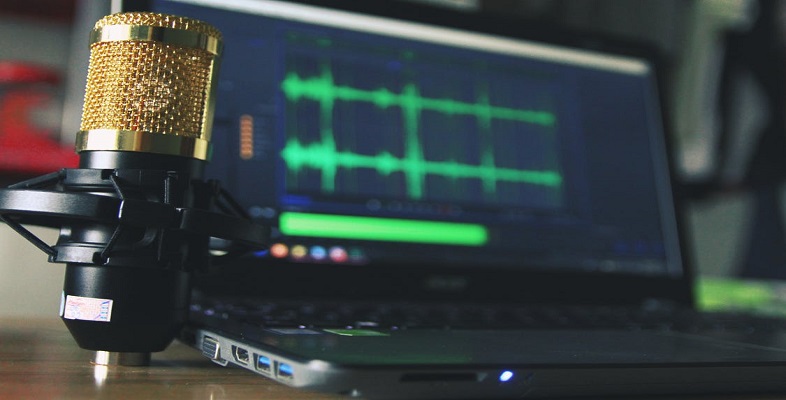5.3 Field recording notes
When you are recording outside (field recording), it is much harder to make written notes; however, you should still fill out a recording log with some general information at some point before or after you make your recordings. The best way of making notes when you are on the move is to speak them at the start or at the end of each recording you make. You will always have to edit your recordings, so you needn’t worry about ruining them by recording your own voice on them. The best thing about this method is that the notes you dictate will always be attached to the recording unless you deliberately delete them. This is not always the case with handwritten notes!
The more detail you can give the better, especially given the amount of information you will be able to collect with your other senses as you make your recordings. For example, if you are recording a bird song, and you can see that a robin and a blackbird are both singing at once, if you dictate this at the end of the recording, this might save you time later trying to work out what you have recorded. Likewise, if you are recording passing cars, if you notice that the third car was a Ferrari, then mention it on the end of the recording as it may be really handy to know that in a couple of years’ time when you are designing some sound effects for a film, or making a ringtone for a friend or relative.
